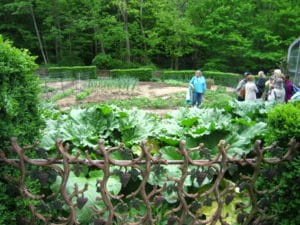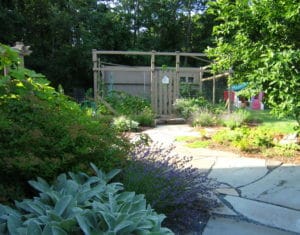Hello fellow readers, It is undoubtedly is a challenging time in the history of our country. I pray the precautions and consequences of the coronavirus brings us together—each of us sharing kindness, provisions, and seeds of love with our neighbors, which brings me to the topic of starting a vegetable garden.
Vegetable Garden Basics for beginners
For beginners, or those, like I, who haven’t had one in a while, let’s start with a ten by sixteen-foot plot which should provide enough space to grow veggies for a family of four and have some extra to share and freeze.
Pick a sunny location—most vegetables need six hours of direct sun per day. Be sure you choose an area with proper drainage, where water doesn’t sit or wash away. Maybe it’s obvious not to select an area prone to high winds, which inhibits our pollinators from preforming their magic to assure plentiful crops.
How to assure the best soil for vegetables.
Plants do best in loamy soil, which may require adding compost that also adds nutrients. How to achieve loamy soil is a subject that stands alone. In brief, it’s unlike sandy soil, which does not hold water or hold a ball shape if you try. And it’s not like clay soil that keeps a firm ball shape that hardens and doesn’t drain well. Then there’s silty soil, which forms a somewhat slippery ball that flattens and becomes dusty when dry. Loamy soil is a combination of all three and forms a soft ball that easily crumbles when dry. Soil is the most critical ingredient for happy plants, so if you are in doubt, reach out to your local Extension Office to have your soil tested and learn suggested ways to improve it.
One thought is to install raised beds using chemical-free borders such as rocks or natural lumber – not chemically preserved pressure-treated lumber used in decks. Then fill your raised beds, which should be twelve or more inches high, with organic soil and compost.
Best vegetables to begin with
Orient your rows, so they run north to south. That way, you’ll maximize the benefits of the sun. A ten by sixteen-foot garden will fit eleven rows each ten-foot-long allowing space to maneuver around the rows.
A great lineup of vegetables to begin with include tomatoes, zucchini, peppers, cabbage, bush beans, radishes, beets, lettuce, Swiss chard, and carrots. Then add marigolds, which will add color and deter pests. Be sure to buy non-genetically modified seeds (they will be labeled non-GMO). Follow the seed packs for when and how to plant them.
Of course, there’s a concern for critter control. I’m planning on creating a fence around the plot with 5-foot posts, and chicken wire buried a foot below ground and folded outward at the top to keep groundhogs from climbing in. Or, just grow enough to share with neighbors, even the furry kind. You can make your garden more decorative by using wood posts and trellises and obelisks for climbers.
Stay well, dear friends, and above all, remain kind. Garden Dilemmas? AskMaryStone@gmail.com (and now on your favorite Podcast App.)
Previous columns on how and when to start seeds indoors:
Green with Envy Seed Starting Tips





